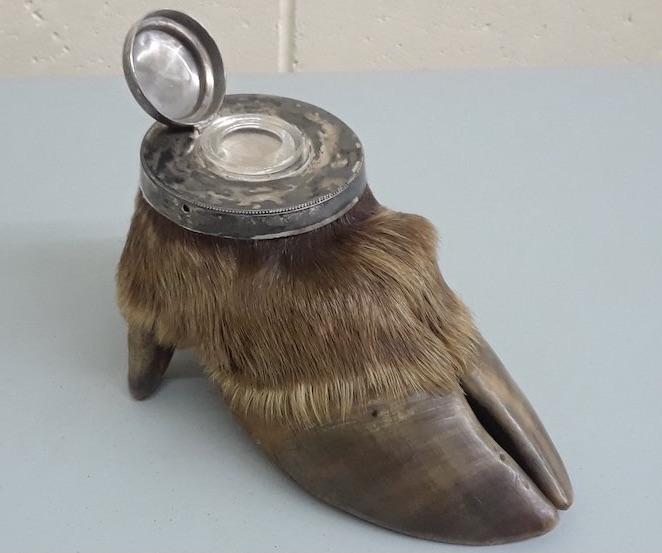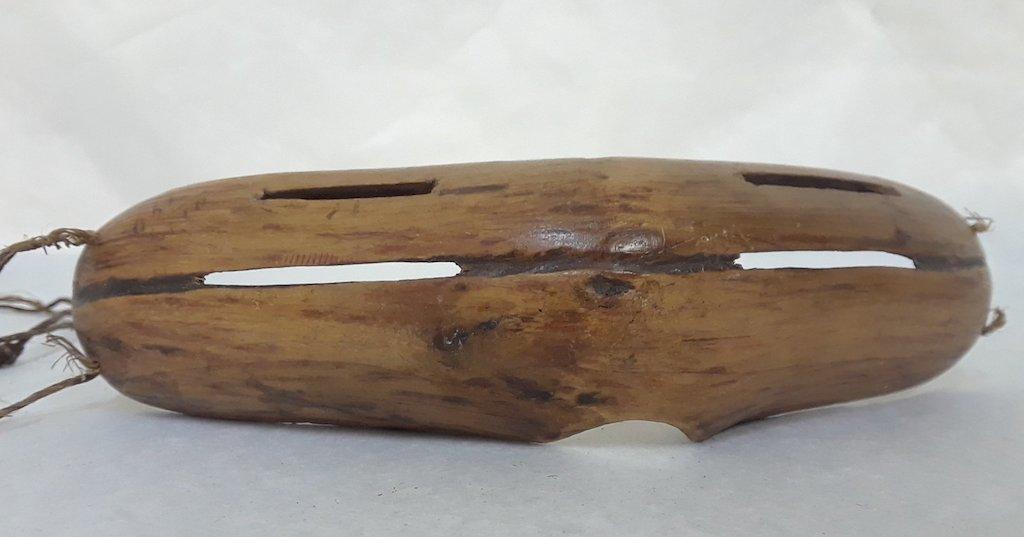
An artist's rendering of the exterior of Parks Canada's new purpose-built collection storage facility that is being built in Gatineau, Quebec/Moriyama & Teshima Architects and NFOE Architects
It doesn’t have a name yet, but Parks Canada’s new artifact collection storage facility does have an artist’s rendering and an address (555 Avenue des Enterprises in Gatineau) and should open in two years to store 25 million archaeological and historical objects.
But what gets T.J. Hammer — director of the collections, curatorial and conservation branch — really excited is the way environmental and storage conditions will protect the collection. He’s pumped about the climate control system with rigorous temperature and humidity set points, and the double wall construction around the collection storage area that will guard against external threats such as pests.
“We have a substantial national collection and it’s very exciting to see it will be stored in one place, with good climate control, and be secure over the long-term,” Hammer said in a phone interview. “The building will encourage the appropriate safeguarding of the collection over the next 50 years. It’s one that merits a good name, to be sure.”
The federal government awarded the $42-million ($33 million USD) construction contract to Pomerleau Inc. in December. The building will be 8,200 square metres, or roughly 88,000 square feet, in an industrial area on the Quebec side of the National Capital Region.
“It is a privilege to construct a culturally significant piece of infrastructure that will help preserve Canada’s rich and stories history,” Patrick Hebert, Pomerleau’s regional vice president for Ottawa, said in a news release.
The Gatineau building brings almost everything in storage under one roof. Parks Canada currently has six leased storage collection spots in five cities and says more than 60 per cent of its collection is “at risk from inappropriate environmental storage conditions and security measures.” Winnipeg, Cornwall, Ottawa and Quebec City facilities will close. Dartmouth is leased until 2029 and will integrate a portion of the extensive collection at the Fortress of Louisbourg National Historic Site.
The entire national collection is being reviewed before consolidation. Anything deemed surplus will be offered to places such as museums and other cultural institutions.
Parks Canada protects the country’s natural and cultural heritage and tells the stories of historical and archaeological objects that represent more than 11,000 years of human history. Most of its 31 million historical objects are kept in storage, and some are on loan to partner organizations and for celebratory and ceremonial events. But millions of the best pieces are put on display in all 10 provinces and three territories to support interpretation, exhibits and visitor experiences.
“Where we engage Canadians and visitors is at our parks and sites,” said Hammer, “so we really try to get our objects and collections out there.”

This deer hoof inkwell was a gift to a former prime minister and is part of the artifact collection/Parks Canada
Historical objects include furniture, costumes, textiles and everyday objects, plus some reproductions and purchased period antiques. Archaeological objects — mainly in fragments and not suitable for display — range from household goods and construction materials to pre-contact Indigenous hunting tools.
“Our mandate is to protect, preserve and present examples of Canadian history,” stressed Hammer, “and we do this through our national historic sites.” Parks Canada also does this through social media, using one of its Twitter accounts (@PCArchaeology) to showcase the collection using the hashtag #OurVaults.
A Tweet from May, when Parks Canada suspended vehicle access to its parks and sites because of the pandemic, shows an ornate inkwell. “Oh deer! Have you ever seen anything like this inkwell from #OurVaults?! A gift to PM William Lyon #MackenzieKing, this unique inkwell made from a deer hoof was gifted to him in 1928. While you #StayHome, learn something new about artifact conservation.”
“#DYK these hand carved snow goggles from c. 1850 were designed to reduce the amount of sunlight reflecting off the snow, preventing snow blindness?” reads a Tweet from August. “Many #Inuit groups made snow goggles out of bone, ivory, or, like the ones shown, wood to protect their eyes. #OurVaults.”

These wooden snow googles, carved by Inuit, were showcased in a 2020 Tweet/Parks Canada
The new Gatineau storage facility won’t be open to the merely curious public, but can be accessed upon request by researchers, Indigenous peoples, community groups and institutions. There is talk of making it virtually accessible, and it will continue to take part in Doors Open, the free, two-day annual event that gives people rare access to buildings of architectural, historic, cultural and social significance.
The artifact collection facility is a joint-architectural venture by Moriyama & Teshima Architects in Ottawa and Toronto, and NFOE Architects in Montreal.
Collection specialists, curators and conservators will continue to care for the building’s objects. The team will have flexible and collaborative work areas and gender-inclusive washrooms. There will be reception, meeting and ceremonial spaces and special ventilation for Indigenous ceremonies such as smudging. Parks Canada engages with Indigenous partners over the care and presentation of parts of the collection.
On the design front, heating, ventilation and air conditioning systems will be on emergency generators to ensure consistent climate control during power outages. Flexible storage capacity will make it easy to access, retrieve and reorganize the collection. New historical pieces, and some archaeological fragments, trickle in each year and the collection is under constant review.
Sustainable and energy-efficient green-building standards will include a net zero carbon footprint by solely using renewable energy, workspaces with daylight, water conservation, native species used for landscaping and dry ponds to retain excess water from storms.
Construction is underway and slated to be completed in 2023. While Parks Canada’s artifact collection facilities haven’t typically received much interest other than from researchers and specialists, Hammer said “we do know that with a new facility, it will have a higher profile.”



Add comment